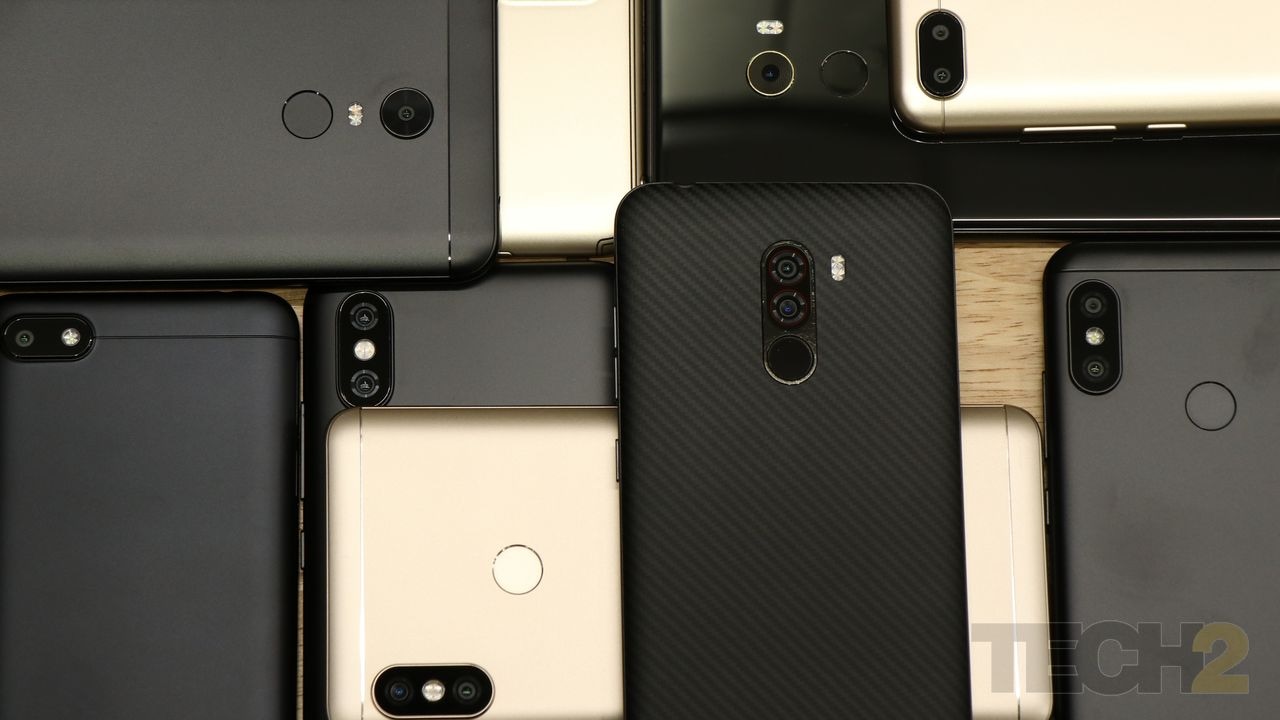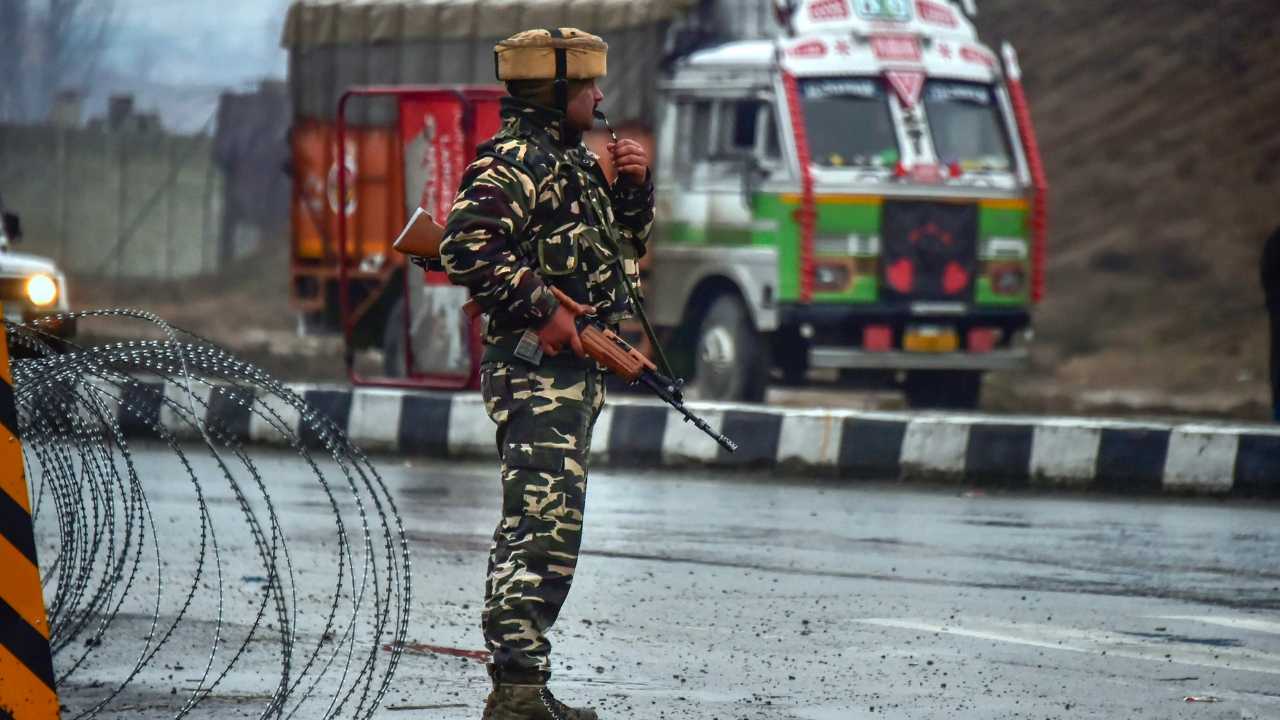Madhavan NarayananMar 18, 2019 10:00:04 IST
For a country that dropped 2,000 kg of ammunition on a terror campsite in Pakistani territory in a daring dawn attack, India has been extraordinarily reticent in the aftermath of its milestone bombing at Balakot in its attempted crackdown on Masood Azhar and his Jaish-e-Mohammed group. The big question is whether the Great Wall of China has stopped it in its tracks with its "technical hold" to stop Azhar being declared a wanted terrorist by the United Nations. Or is this a moment of introspection in both Beijing and New Delhi?
The game is open but it is clear that the courage that India deployed in Balakot is simply absent in dealing with Chinese mandarins.
What are the options before India?
The first one is for India to wait for France, the US and the UK, its willing allies in the crackdown on JeM and its shielder, Pakistan, to gently raise the heat on the group through a UN debate. That is playing out slowly.
The second is for India to raise the pitch openly and confront China, the way it is confronting Pakistan. But that seems unlikely in the face of India's reluctance to even name China explicitly in its protests over the delay in the UN's bid to corner Azhar.

Chinese goods.
The third one is for India to squeeze Beijing on trade issues — which is a clear possibility with some muscle that could put pressure on China at a time when its own economy is slowing.
Prime Minister Narendra Modi's government will be watched on what it does or does not do to see if its professed courage is selective or bold enough to get things done where it matters. A harder look reveals that both China and India are now in an embarrassing grip of silence. Beijing's "technical hold" was a case of buying time but was also a classic "let the other guy blink" moment. India has landed itself in a situation where inaction might mean cowardice and action would be risking a collision with the world's No.2 power, which is known to be tough at the drop of a hat.
In such a context, a trade-related measure could achieve many objectives at once. It would gently put pressure on China in a manner where things can be negotiated. It might help check India's annual trade deficit with China which is of the order of $ 43 billion. Smartly done, it may even kindle domestic industries hurt by Chinese competition and improve the job situation.
But how? As a fellow member of the World Trade Organisation, China may retaliate in its own way. Given past friction between the two countries on everything including the border dispute (the Doklam clash is fresh in memory) and the presence of Tibetan leader the Dalai Lama in India, the political and economic wires could well be crossed in diplomacy and India cannot afford to be foolhardy. No wonder, India's diplomats are speaking of a "long haul" on China and ruling out retaliation.
At the same time, it is important to recognise that China has much more at stake in Pakistan than it perhaps has in India. Islamabad has deftly positioned itself as a Chinese ally in containing the geopolitical influence of the US, which has fallen out with Pakistan. An estimated $62 billion of Chinese investment funds are committed to Pakistan under the China-Pakistan Economic Corridor. Beijing can ill-afford anything that might increase the risk to its efforts to revive its sagging economy and increase its influence in Asia. As they say, countries don't have friends; they only have interests.

Xiaomi smartphones. Image: tech2/ Prannoy Palav
The government is also happily building its Digital India dreams aided by China: from startup investments featuring companies like Alibaba to affordable smartphones from brands such as Xiaomi and equipment from Huawei, the Dragon's footprint is evident on the Indian economy. Four of India's top five selling smartphone brands are from China, with Xiaomi holding a close to 30 percent market share. Stepping on Beijing's toes might mean taking a foot off the growth accelerator — in a way.
India has now got to formulate a long-term plan to tackle China and it is more than evident that the Wuhan camaraderie between Modi and President Xi Jinping in April 2018 was not much more than atmospherics. It is time for India to measure the costs and benefits of hugging the dragon.
In such a backdrop, India could do with some Tier 2 pressure tactics. While officially India talks in bland terms about doing something to reduce China's trade surplus, last month, it said something that hinted at the potential when it spoke in a public statement on India having "an elaborate and robust legal framework and institutional set up to protect its environment, life and health of its people, plants and animals."
It said: " All goods imported into India are subject to domestic laws, rules, orders, regulations, technical specifications, environment and safety norms that are notified from time to time. The government takes appropriate action in case goods imported from any source are found to violate these regulations and threaten human, animal or plant life or health."

At least 40 CRPF personnel were killed in a JeM attack in Pulwama on 14 February. PTI
If you add to the potential in this statement the fact that organisations such as the Swadeshi Jagran Manch (SJM) close to the ruling Bharatiya Janata Party (BJP) are seeking a boycott of Chinese goods and drumming up public support on the issue, the government may well have a scope for Tier 2 retaliation that might lurk in the woodworks. India's emerging regulation on e-commerce through a proposed law seems to be having diplomatic potential. Indian consumers or some e-commerce players and therefore, buyers, may feel the pinch from this but on current reckoning, it is premature to guess how much — if at all.
The SJM and arms of civil society could well be "non-state actors" in trade — and potentially effective ones at that. Being a democracy, India has more visible, acceptable tools of Tier 2 diplomacy, but the Ministry of External Affairs and their political bosses do not seem to be particularly astute on this.
In the current context, leaving the Dragon untouched would be as foolish for India as breathing fire in a sensitive field. It may well use a "technical hold" on some trade issues to pressure China. It won't be as dramatic as Balakot, but Beijing's mandarins are known to take hints.
The writer is a senior journalist and commentator. He tweets as @madversity
Tech2 is now on WhatsApp. For all the buzz on the latest tech and science, sign up for our WhatsApp services. Just go to Tech2.com/Whatsapp and hit the Subscribe button.
Source
No comments: